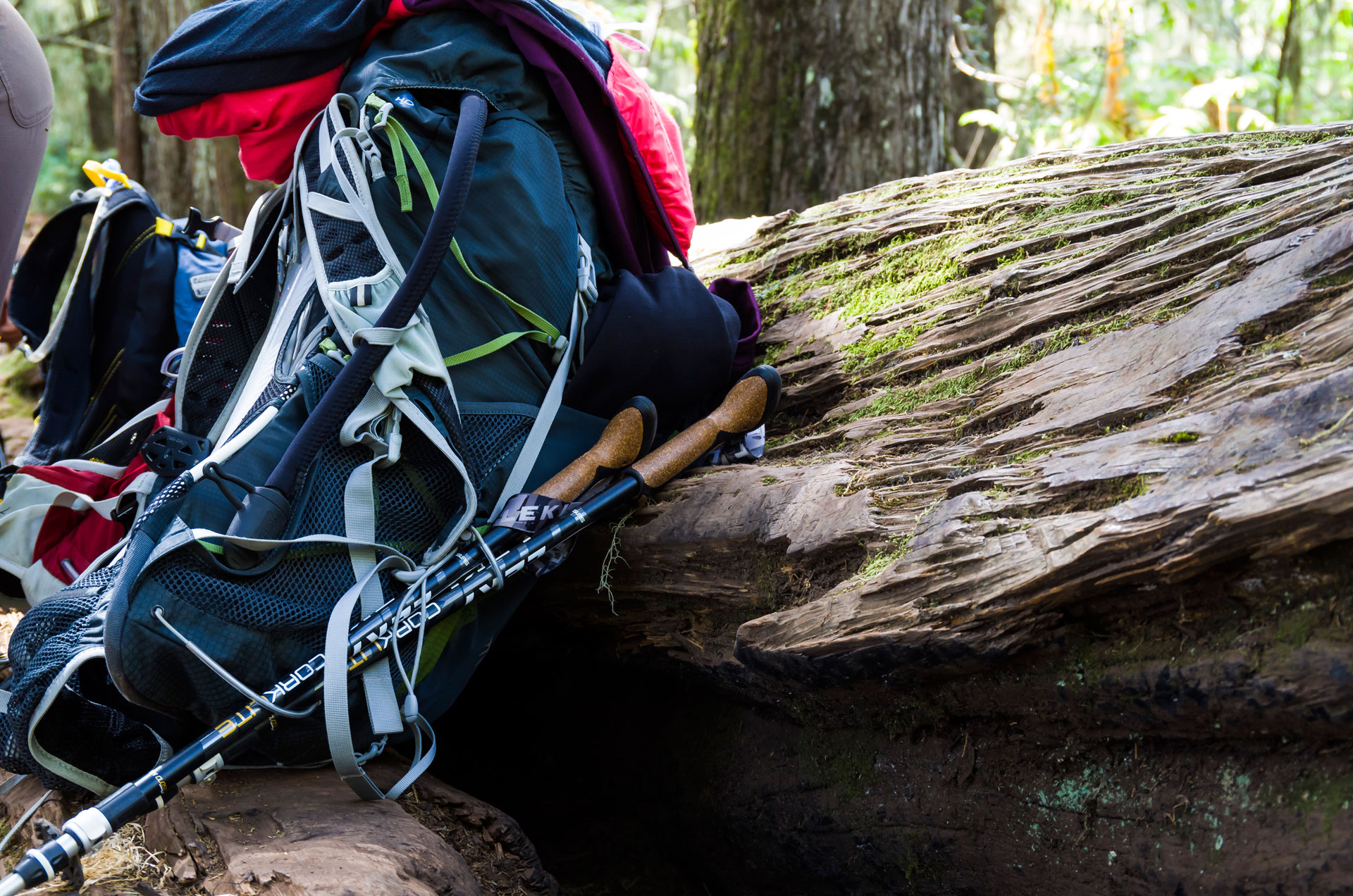I tested the Leki Corklite Antishock poles on many trails over the past six months. The highlight being the ascent (and descent) of Mount Kilimanjaro in Tanzania. Are those the poles you should buy? Let’s find out.
Leki is without a doubt one of the biggest names in the pole industry. They have been around for decades, their first ski pole were sold back in 1970.

If you are looking at trekking poles, you probably already have a good idea about their use and why you would want to bring a pair to your next hike. Let’s recap quickly for the uninitiated. Poles are good for going up, because they allow you to use your arms as well as your legs. They are good for going down, and that’s what most people want them for, because they reduce the stress on the knees.Characteristics can vary a lot between poles: strength, weight, length when folded, material, grip, locking mechanism and price are things you should consider when buying a pair of trekking poles.
The Leki Corklite Antishock fall into the mid-weight, high-strength category. They are designed to take a lot of abuse during multi-day hikes. That’s why I chose those to climb Mount Kilimanjaro last September. They did not let me down.
On my scale the pair of Leki Corklite Antishock weighs 497g / 17.5oz. They fold down to a length of 69cm / 27 in. As a comparison, similarly spec’d, the Black Diamond Trail Pro Shock weight 590g a pair and fold down to 68cm. Foregoing the shock absorption, the Leki Black Series Speedlock 2 are 400g / 14oz and 67cm folded.
There are a lot of other lighter and/or more compact options of course. Non adjustable poles for example are generally lighter and pack a lot smaller but are not as strong and the fixed length can be an issue.

The grip
Higher-end poles tend to use cork on the grip. After using rubber grips for years, dismissing cork as a fad, I was actually surprised by how much I like the grip on the Corklite Antishock. Leki’s grip construction, dubbed ‘Aergon’, has an edgeless shape and is very comfortable.

The top is nicely rounded and covered with rubber so you can lean on it, usefull when going down big steps for example. My palms were kept dry at all times which prompted me to revise my views about cork. I will have to see how the thing ages but so far this is one of the best grip I have tested on a pole.
Locking
The Corklite Antishock use two different lock mechanism. Between the top and middle section is Leki’s SpeedLock 2. This is a lever type lock, adjustable with a screw. I found the SpeedLock 2 to hold fast under any circumstances. Release the lever, set the height using the shaft’s graduation, lock in place. It takes literally 5 seconds.

The second lock, between the second and third section, is a screw type lock Leki calls Super Lock. It integrates the antishock mechanism. Contrary to the SpeedLock, I did not find the Super Lock to be easy to use nor does it lock in place as securely. It requires about 5 turns to unlock properly. Any less and you can pull the shaft out but not in for some reason. In more than one occasion I had to re-adjust the bottom length because it had suddenly decided to fold half-way. I wish Leki could swap the Super Lock for a SpeedLock 2 while retaining the shock absorption system (Edit: they’ve done it, see update at the end of this review).

Absorption
When leaning on the poles they offer a progressive resistance which acts as a sort of suspension. Instead of a hard plant, you get a smooth feedback. It is comfortable but it is hard to judge how much a difference it makes on the knees. A nice feature but I would rather go for a more compact or lighter option.
Leki Corklite Antishock review: conclusion
As far as trekking poles go, those Leki Corklite Antishock are ticking all the boxes. They are strong while still keeping the weight down and the finish and quality of the material is top notch. The second locking mechanism as let me down a few times and requires a bit of practice. The grip is excellent.
Edit 09/12/2016: I’ve been notified by Leki’s PR agency that as of Spring 17, the Corklike Antishock whill indeed use 2 SpeedLocks 2 mechanisms instead of one SpeedLock 2 and one Super Lock. I had problems with the Super Lock but loved the SpeedLock 2 so this is a very good news.

